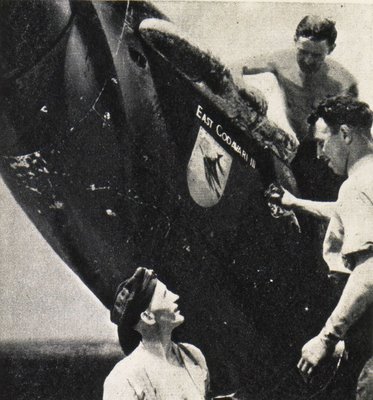| ||||||
| When Angels Troop Down | B.S. Krishna Kumar, wing commander: Hero for his prompt reaction and brave risk-taking |
Wing Commander Krishna Kumar is sure he will be one of the very few pilots to ever have flown a rescue mission in a pyjama and a pair of borrowed slippers. It is a year after the tsunami and he can afford to joke. When the ocean bed went into paroxysms that morning, the islanders of Car Nicobar, India's eastern outpost where Kumar was stationed, were just stirring out after the previous night's X'mas revelry.
Kumar, woken up by his wife Bindu Lakshmi, first ignored the warning. The area was tremor-prone and small quakes were a norm. But within seconds, they heard a titanic rumble. When they picked up their children, Lakshmi Priya and Mukund, and managed to get out, Kumar couldn't believe his eyes. The beach, hardly 100 m from his residence, was inundated. Structures nearby had given way. His wife's shriek went up in the air: "The waves are coming".
Kumar describes it as "a Napoleonic invasion closing in on all sides". He turned back and headed for the airfield with wife and kids. In the scramble, an equally bewildered station chief, Group Captain V.V. Bandopadhyay, said: "Take off and see what's happening". Kumar, who commanded the MI-8 copter flight at Car Nicobar, was airborne in minutes with Flight Lt Vijay Kumar at the radio. "The start-up took less than 30 seconds. In an outpost like ours, the machine is kept ready all 24 hours," said Kumar.
They radioed Chennai, 1,500 km away, in what was later to be the first portent of the tragedy to strike the Indian peninsula. Giant trees floated on the beach. Waves had invaded more than a kilometre of land. He could only hope that his wife and kids were safe as he saw people crying for help. "The priority in such tragic hours is not one's own family but others in utmost distress," said Kumar.
During the five-and-a-half-hour operation, Kumar and crew ferried 352 people to the airfield which was on a 15-ft elevation. Often, he strained at the controls to keep balance as survivors clambered on to the winch in twos and threes. He hoped the winch would bear the weight because its permissible load was 150 kg. Half way through, still in his pyjamas and slippers, when the first copter ran short of fuel, he hopped on to the second. He hauled in a ladder from the fire tender and dropped it on the ramp, asking survivors to descend.
It was during the change of copter that one officer thumbed up to say Kumar's family was okay. That night iaf created yet another history, by night-flying the Bay of Bengal. Kumar and mates lit up the runway with kerosene lamps for the first relief plane to land.
Kumar was conferred the Kirti Chakra. There isn't much left of his material possessions in his quarters of the southern air command in Thiruvananthapuram. His costliest acquisition since the tsunami is a fridge. Of course, tsunami operation mementos fill the space.







